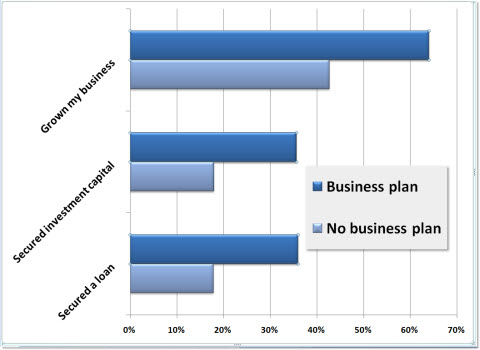
How do you market your small business for success?
Whether by design, default or budgetary restrictions, many small business owners pull double duty serving as primary marketers for their organization. Many will confess, privately of course, that as masters of their marketing fate, keeping up with new ideas, tools, consumer behaviors and the competition can be exciting, overwhelming, daunting and downright exhausting – all at the same time. For those who have no chance but to go solo or those who dare to be different, transform the challenges into opportunities; the opportunities into success on your own terms. Bootstrap the marketing basics, start with a plan and execute a marketing program that works for the business structure, target market and bottom line.
In an interview with Inc.com, business and marketing strategist and author of Business in Blue Jeans, How to Have a Successful Business on Your Own Terms in Your Own Style, Susan Baroncini-Moe succinctly summarized the importance of a marketing plan.
…a marketing plan is a critical component of success. If you don’t have a marketing plan, then you’ll be chasing strategies and tactics without a clear idea of why you’re doing those things. “It makes much more sense to develop a marketing plan that includes a comprehensive review of the climate of your industry, a clear description of your target market and the competition, and a blueprint for reaching your potential customers,” says Baroncini-Moe. And remember that a marketing plan shouldn’t be a static document, it must be flexible and fluid, evolving as the market changes and your business grows.
Read the original article at Inc.com.
Meet Susan Baroncini-Moe on the May 21, 2014, live episode of The Marketing Mojo Show. Tap into her treasure chest of professional and personal expertise to maximize your marketing momentum.

Catch author Susan Baroncini-Moe on The Marketing Mojo Show. Call-in to comment, log on to chat.
Do you march to the beat of your own marketing drum or is there a tried and true formula that guides your strategy? Feel free to share your thoughts in the comments section of this post.
For daily marketing communications news, subscribe to LGK’s free, online, MarCom Digest.










